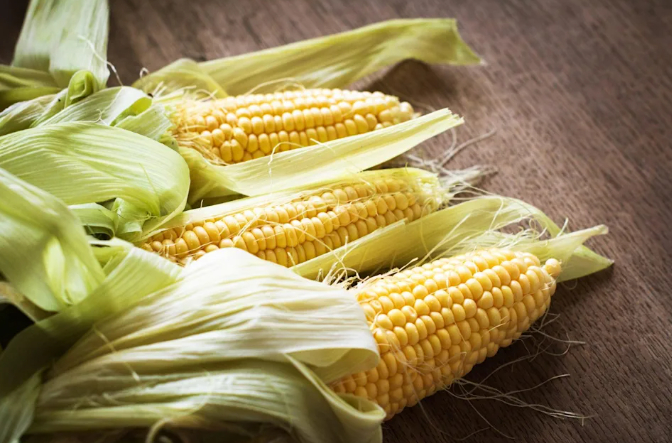November 22, 2025 | 17:43 GMT +7
November 22, 2025 | 17:43 GMT +7
Hotline: 0913.378.918
November 22, 2025 | 17:43 GMT +7
Hotline: 0913.378.918

Fresh corn on the cob. Photo: Getty
When preparing main dish summer salads, you can cut kernels straight off the cob and toss together with other vegetables or you can grill ears of corn outside to serve along with your burgers and ribs.
You can even make creamy summer desserts with this sweet vegetable. If done properly, you can boil fresh corn for a quick and easy side dish, just watch your time and don't boil all the goodness out. The microwave can also come in handy when cooking fresh corn for a weeknight supper. You can prepare as many ears as you want (or even just one), because there is very little preparation involved. Plus, it makes removing the husk and silks so much easier. Here is the very easy method for preparing corn in the microwave.
How to Microwave Fresh Corn on the Cob
Place 1 to 4 ears of un-shucked corn in the microwave in a single layer. You can set them on a microwave-safe plate, if you wish. Leaving the husks intact helps trap moisture, ensuring the kernels all cook evenly. Depending on the size of your microwave, if you need to cook more than 4 ears of corn, cook them in batches.
Microwave on HIGH for 3 to 5 minutes. For just 1 or 2 ears of corn, microwave for 3 minutes; for 3 or 4 ears, microwave for 4 minutes. If you like softer corn or if your ears are particularly large, microwave for an additional minute.
Set the ears on a cooling rack or cutting board and allow to cool. When the silks and top leaves are cool enough to handle, quickly and carefully pull the husks and silks off the cobs. The corn will stay quite warm in their husks, so wait to shuck them until just before serving.
How to Microwave Shucked Corn
If you purchase pre-shucked corn at the grocery store, you can still take advantage of the microwave. Simply wrap a wet paper towel around each ear of corn. Place on a microwave safe plate, and cook in the microwave for 3 to 5 minutes, depending on the amount of corn you are heating.
Be sure to keep in mind that the power of your microwave and size of the corn will impact the cook time. Whether you are heating the corn shucked or un-shucked test one ear out in your microwave (it won't take but 2 to 3 minutes) to be sure you get the timing right.
(Yahoo)

(VAN) In a new study published in Trends in Biotechnology, researchers used a gene-editing technology called CRISPR to increase a fungus's production efficiency and cut its production-related environmental impact by as much as 61%- all without adding any foreign DNA.

(VAN) A top official in Beijing’s Cop delegation says China is committed to clean energy – but US’s absence is a problem.

(VAN) The Bangsamoro region’s inflation rate rose slightly to –1.3 percent in October 2025 from –1.5 percent in September, the Philippine Statistics Authority (PSA-BARMM) reported.

(VAN) FAO-led report says protecting and restoring forests is crucial to boosting climate-resilient agriculture, rural livelihoods and global food and water security.

(VAN) Flagship partnership secures additional GBP 16.9 million to strengthen forest monitoring, transparency and country support to 2030.

(VAN) After a turbulent year for international development, the aid and assistance landscape has shifted, with donors rethinking how, where and why they support sustainable development.

(VAN) A new tool for measuring the economic value of farm animal welfare improvements has been developed, potentially transforming how consumers, retailers and the government evaluate animal welfare policies.